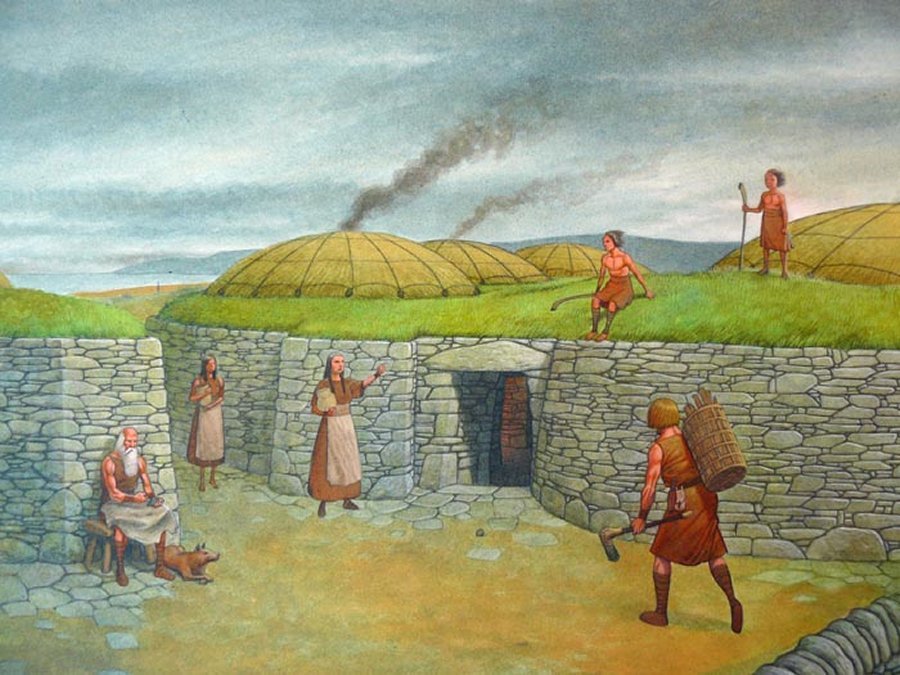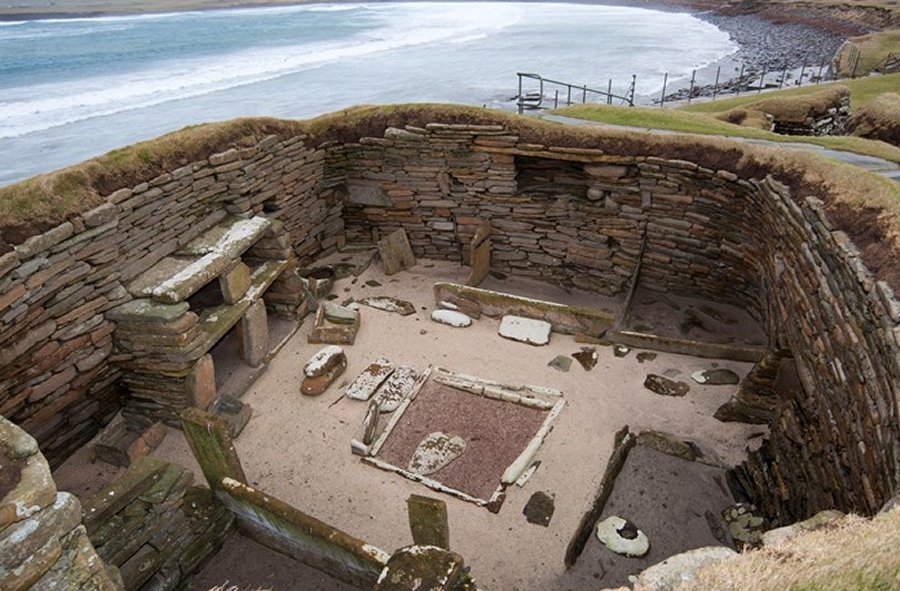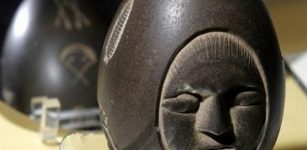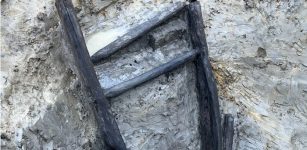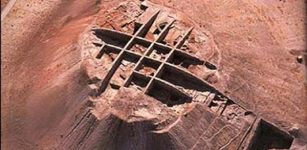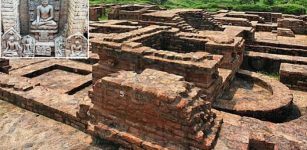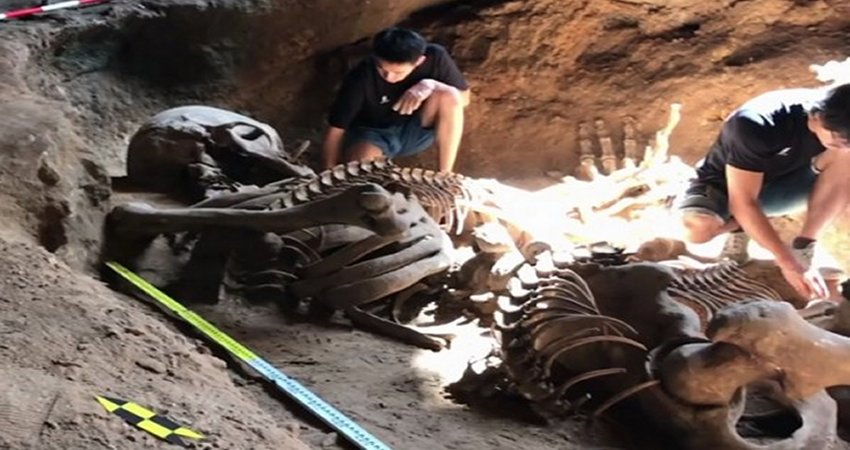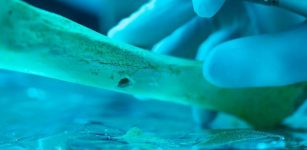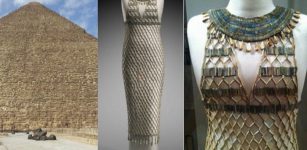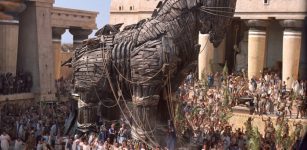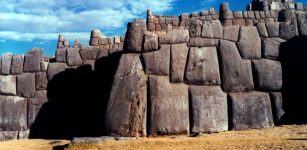Obscure History Of Skara Brae – Home To Dwarfs
A. Sutherland – MessageToEagle.com – It is said that prehistoric Skara Brae, which is older than Stonehenge and Great Pyramids of Egypt, was home to very “little people”.
Legends of Ireland, Scotland, Wales and Orkney tell about mysterious little people with magical abilities, who appear unexpectedly at dawn and at dusk, at night or on a clear day, practically at any time.
Perhaps the “dwarf nation” was not only a product of human imagination, ignited by people’s ancient beliefs in the spirits of the earth.
Village Discovered Accidentally
Prehistoric village of Skara Brae is one of the Orkney’s most famous ancient sites, situated along the west shore of the largest island in the Orkney archipelago of Scotland. In Scandinavia, Orkney Island was known as ‘Orkneyar’ but it also had another name: Argat.
In distant past, Skara Brae was farther from the sea than it is today. During the winter of 1850, a strong gale broke off the entire top layer of one of the hills and a portion of ancient village was accidentally uncovered with an underground ‘apartment’ that looked like a fully comfortable home for inhabitants who had to be less than one meter tall!
Walls, miniature beds, cupboards and shelves made of stone and well-preserved were found, only these small people were missing.
Inhabitants Of Skara Brae Were Dwarf People
Due to limited number of historical records, we know very little about Skara Brae and its inhabitants and archaeologists can only rely on archaeological evidence gathered at the site.
D. Gary Miller writes in his book “From External Influences on English: From Its Beginnings to the Renaissance”, that the pre-Scandinavian inhabitants of Orkney were Papae (means: ‘clerics’) and Pati, which means ‘Picts’ (so ancient Romans called the tribes of today’s Scotland), who were a race of small-statured people.
It is said they lived inside hollow hillocks and under the ground. In Scotland and other places in Britain, there are numerous underground structures and artificial mounds with interiors that served as dwelling places in ancient times. They are called “fairy hills” or “Picts’ houses”.
They Hid Themselves Underground During The Midday Hours
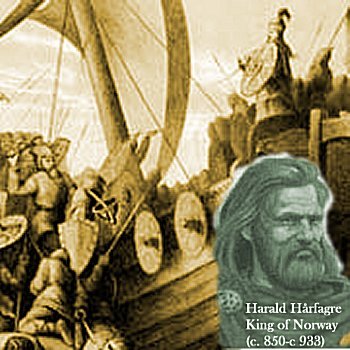 An old manuscript of the Bishop of Orkney dated to 1443 states that when Harald Haarfagre (Harald Fairhair), King of Norway (Norwegian: Harald Hårfagre) conquered the Orkney in the 9th century, the island was inhabited by the Papae and the Picts, and these were exterminated. The question remains: by whom?
An old manuscript of the Bishop of Orkney dated to 1443 states that when Harald Haarfagre (Harald Fairhair), King of Norway (Norwegian: Harald Hårfagre) conquered the Orkney in the 9th century, the island was inhabited by the Papae and the Picts, and these were exterminated. The question remains: by whom?
According to the manuscript, the Peti (Picts of Orkney) “were only little exceeding pygmies in stature and were known to be extremely effective as builders of their cities. They worked mornings and evenings but during the midday, they hid themselves in small houses underground.
Another author, Laird Scranton also mentions two cultural groups from old Scandinavian sagas. One group, referred to as the Peti, was indigenous to the Orkney Island called at the time – ‘terra Petorum’ or ‘land of the Peti. Another group of people were the Papae (clerics), always dressed in white cloaks and considered as of unknown origin.
Did they have something in common with the Atlanteans?
Do the strange carved stone balls dated to approximately 4000 BC have anything to do with obscure history of the Orkney Islands?
Did they have a symbolic meaning? Did they symbolize prestige and power or have religious meaning?
What significance has complex spiral patterns or cross-hatching on the faces of the artifacts?
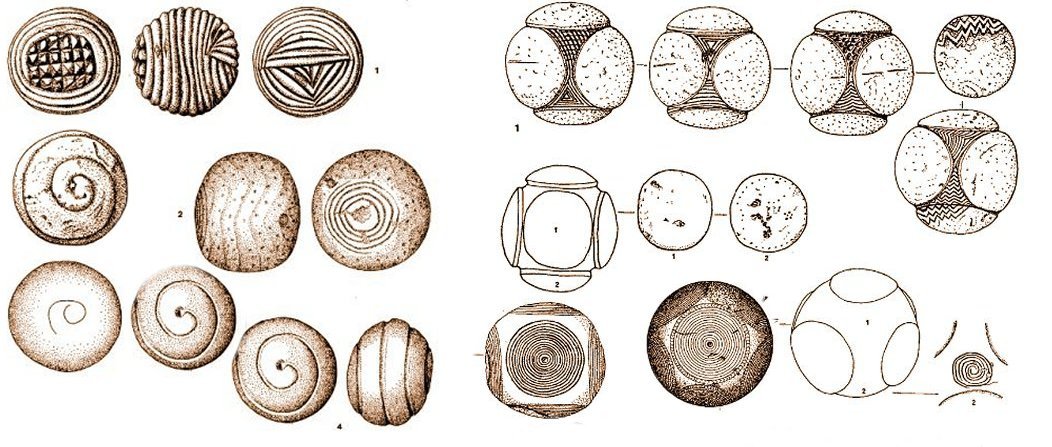
Skara Brae was originally settled by about twenty families (not more than 50 inhabitants) during Neolithic times about 3200 BC, who lived there for a period of more than 600 years. They were fishermen and farmers.
Then, something happened and around 2500 BC, the village was abandoned and gradually preserved beneath the surface for more than forty centuries. Skara Brae was built twice during the settlement’s lifetime; new structures were built on the older ones.
See also:
Prehistoric Artifacts Out Of Nowhere – Their Origin And Purpose Are Totally Unknown
Picts: Facts And History About Mysterious People Of Northern Scotland
Mysterious World Of Ancient Dwarves
The dwelling places (without ceilings and roofs) consisted of one room of 20-40 square meters area and were connected with low, less than a meter high and half a meter wide tunnels or covered passages.
What Did They Eat And How Did They Warm Their Houses?
The small stoves testify to the inhabitant’s ability of baking bread, and additional dietary supplement was seafood. They cultivated barley, raised sheep and cattle.
Wild boars and deer hunting provided meat, but also raw material for the production of needles, arrowheads, knives.
By effective use of clay, bones and stone, the residents of Skara Brae could easier improve their living conditions.
The only tools they could use were those made from bone, horn and wood that the sea sometimes threw at the shore. For centuries there was virtually no forest on the island, also peat layer formed about a thousand years later.
Drifting wood was too valuable to burn and use as fuel, but seaweed – the main source of heat in Skara Brae’s underground homes – was present on the island in unrestricted quantities.
Clothing, Furniture, Latrine And Lighting
Archaeologists found neither clothes nor spinning and weaving tools in the settlement so they concluded that residents of Skara Brae did not wear woven clothes, but only leather and fur; sewing accessories were found in the settlement. Winter clothes were warmed up with feathers of waterfowl.
A bed, one of the oldest furniture in the world was found in Skara Brae. The houses contained two bed platforms. In oldest houses, the beds were made of stone slabs and lined with straw, heather or leaves and covered with sheepskin or furskin: they were located in the walls.
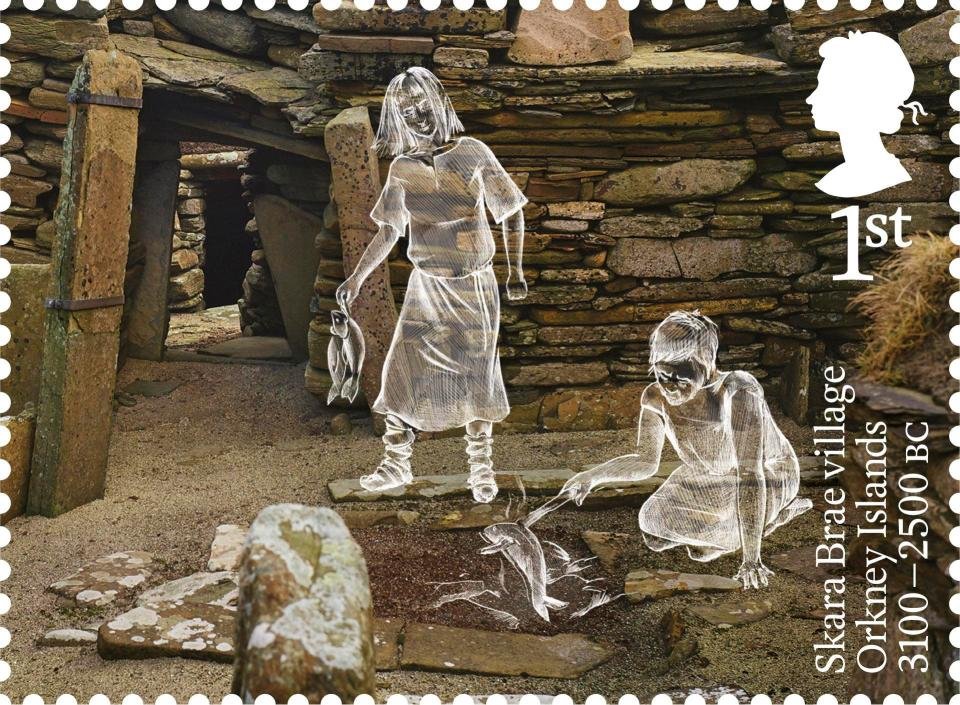
In the newer houses, the beds, placed on the floor along the walls on either side of the hearth, were separated by a standing stone slab that absorbed heat from the fire and prevented the fire’s light from disturbing the eyes of a sleeping person.
The stone beds were filled with soft moss, straw and heather and covered with leather. The oldest known latrine in form of a small, round, beehive-shaped cell was equipped with drainage system. The stone gutter led the sewage into the sea.
Underground dwellings were lit only by fire from the hearth, which means it was really dark inside. But using fat of marine birds and whales, Skara Brae people could also use olive lamps.
Written by A. Sutherland – MessageToEagle.com Staff Writer
Copyright © MessageToEagle.com. All rights reserved. This material may not be published, broadcast, rewritten or redistributed in whole or part without the express written permission of MessageToEagle.com
Expand for referencesG. Miller, From External Influences on English: From Its Beginnings to the Renaissance
Buckland, The Spirit Book: The Encyclopedia of Clairvoyance, Channeling, and Spirit


